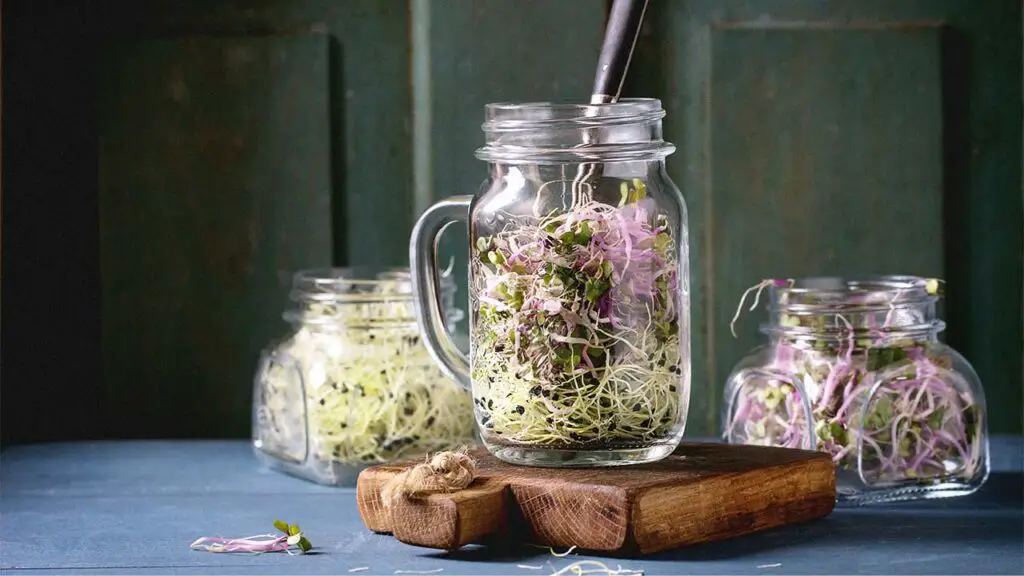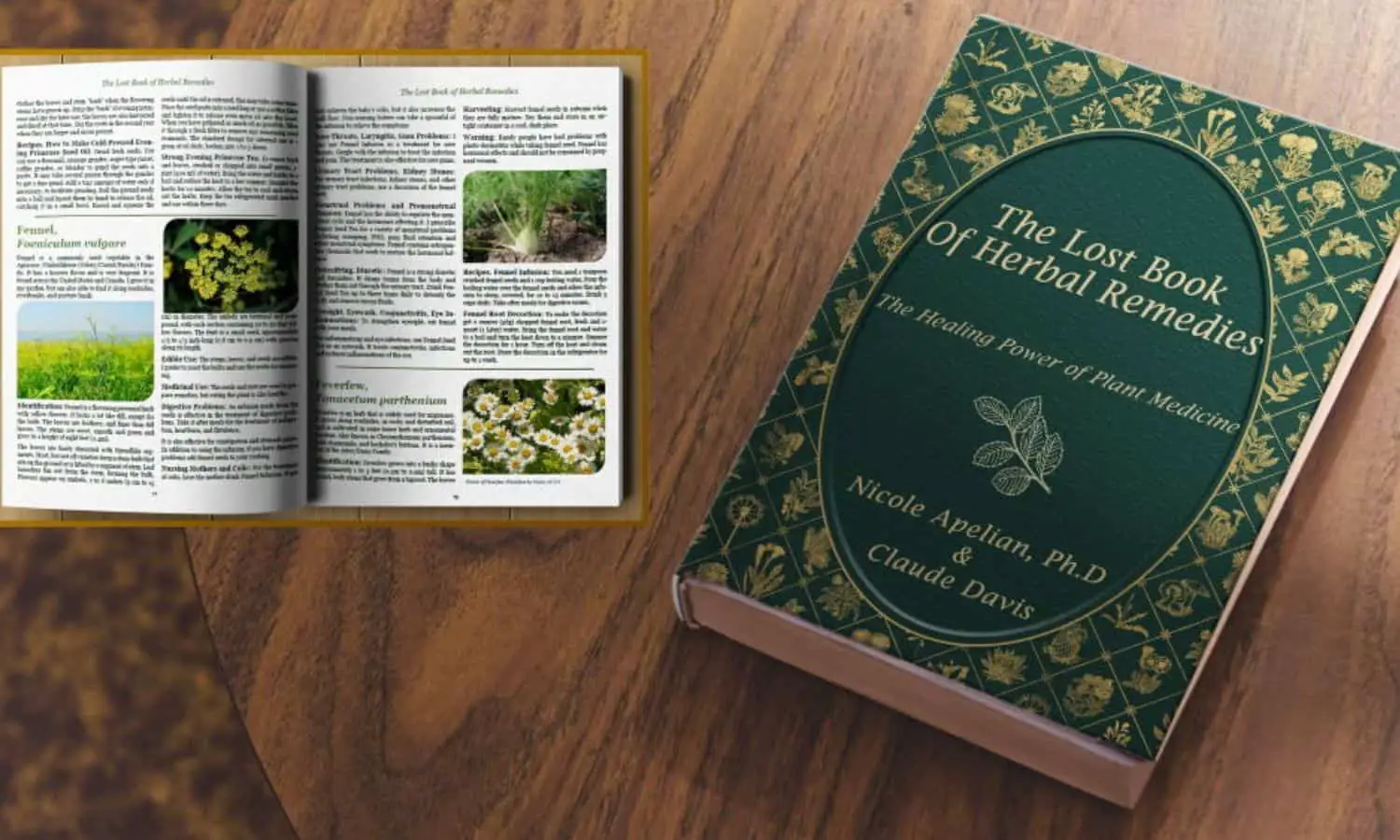In this article, you’ll learn how can bean sprouts at home in just a few steps. Canning bean sprouts is one of the easier canning recipes and can be done in less than an hour.
Many people these days are turning to sprouts as a great way to get the nutrients they need without the high cost of eating organic produce. Follow these guidelines: ensure you use sterilized jars and lids for canning beans or other vegetables. This article will briefly overview how you can use, store and prepare sprouting beans. The following article on “How to Grow” will give more details on how this works.
Canning Bean Sprouts
Sprouted beans are tasty and nutritious, but they have several of the same problems as most vegetables. The biggest downside is that they tend to be expensive. However, when you can sprout yourself, it takes out the middleman and lets you save money on your grocery bill. You can also make sure that what you are buying is organic. When Beans Are Scrubbed, learning how to grow your sprouts will require a lengthy seasoning process.
Supplies
1. Canning jars and lids
Choose jars with lids that are smaller than usual for safe transportation. Also, choose jars that have been made over after being used for canning, as these are more likely to be cleaned and reused. Wash your jars thoroughly in hot water and dishwashing detergent to remove all residues before using them for canning. If you use jars that do not have lids or on which the labels have come off, choose the ones near the top of the jar to stay away from acids.
2. Canning funnel
Use a metal funnel when you want to fill a jar; plastic ones might not be sterilized well enough and may give off toxic chemicals when used with sprouts. You can also use a plastic funnel to pour the seeds into the jars.
3. Jar lifter
Avoid using non-stainless steel jar lifters, as these may leach harmful chemicals that can affect your health when used with sprouts. Also, choose those not too large to fit your jars before filling them with seeds.
4. Jar tongs
Place the lid on the jar and press it down with your hands or a wooden stick to get a good deal. Then lift this jar using the tongs, and place it on top of another one to balance them properly for sterilization in boiling water for about 10 minutes at 180 degrees Celsius (356 °F). You can also place a lid on the jar and use a stick or a wooden spoon to press down on it to create a good seal.
5. Sterilizing water
For sterilizing water, boil it for about 10 minutes at 180 degrees Celsius (356 °F). Then pour this water into the jars where you have placed the seeds, ensuring no gaps between the lid and the jar. It will ensure that no air will rise inside during fermentation, thus preventing the germination of bacteria from hitchhiking in such gaps.
6. Canner
You can use a canner for boiling the jars of sprouts. When using an electric stove, you should not lower the flame too low to heat the metal parts of your sprouting jar too much. If this happens, then the risk of failure is high.
7. Kitchen towels
During the sterilization procedure, it is essential to ensure that everything is clean and that no traces of food are to be found there. It consists of wiping off the insides of the jars, taking off lids and jars, and then wiping down the insides of the canner with a clean piece of cloth.
8. Good canning book
You should have a good canning manual to ensure you are doing things correctly. Before using them, you should also check for special instructions and recipes for sprouts in your manual. For more information, see the guide on the best homesteading books.
9. Food mill
You can use a food mill to make sprout seeds into coarse flour that is easier to pour into the jars. Also, this will ensure that the proper amount of water and liquid is poured into the jars to give the sprouts enough oxygen.
10. Thermometer
Without a good thermometer, you cannot tell how hot the water should be when you are canning your sprouts. Also, use a digital food thermometer to ensure that your boiling temperature is correct.
Ingredients
The following are ingredients that you can use for growing sprouts and canning them:
- Fresh sprouting seeds such as beans, lentils, peas, and alfalfa seeds
- 4 cups lentil or bean seeds
- 3 tablespoons coarse sea salt (optional)
- 2 quarts of water for boiling
- 2 quarts of water for soaking the jars with sprouts
- 1 tbsp soy sauce
- 1 tbsp. finely chopped parsley
Step-by-Step Instructions
- Add Ingredients Into Canner
- Fill Jars With Seeds
- Cool Jars
- Add Ventilation
- Change Water
- Decant
- Sprout
- Sterilize
- Dry
1. Add Ingredients Into Canner
Use a sterilized canner, jar lifter, jar tongs, and a food mill for making sprout seeds into flour. You can add the butter to the flour or mix it with water. If you are using butter, then you will want to avoid using so much of it as it may spoil the sprouts and other food preparation at later stages.
2. Fill Jars With Seeds
Fill up your jars with seeds and press them down gently to ensure they are filled to the top of each jar. One should cover these seeds partially with water to ensure they germinate correctly.
3. Cool Jars
Fill up the jars with the hot water and then place the lids on top. Allow them to cool down for a few hours before pouring in hot sterilized water to ensure that the jars are at room temperature during fermentation. If you notice any signs of growth, then you should repeat this step.
4. Add Ventilation
Make sure that you have slits on the side of your jars for venting to ensure that no germination is happening inside your sprouting jar.
5. Change Water
Change the water daily during this step and in other succeeding stages; likewise, change them after about nine days when all germination has stopped entirely.
6. Decant
Decant the water and the sprouts into a separate jar to use them for cooking later on.
7. Sprout
You should stop using your sprouting jars after about 12 days since, by this time, one would have destroyed all viable bacteria, and most of the nutrients oxidized or used up for plant growth. You can also continue with Step 6 for about 1-2 weeks before you move on to sterilization.
8. Sterilize
Sterilize your jars at 180 degrees Celsius (356 °F) for 10 minutes in your canner to ensure that all toxic chemicals have been destroyed.
9. Dry
Wash and rinse your jars properly with warm soapy water, and then air dry them, so they remain clean at all times.
That’s all the instructions you need for canning bean sprouts at home. It’s a simply process which is one of the benefits of canning. It’s mostly waiting for your jars to sprout.
In conclusion, you can easily bean sprouts, following many of the same steps as with other beans and legumes before fermentation. This guide will give you all the information needed for the proper preparation and canning of these sprouts so that you can have them ready for use in your kitchen whenever you want them.
If you liked this post, you may be interested in other homesteading recipes like the ash cake recipe or the bushcraft breakfast.


